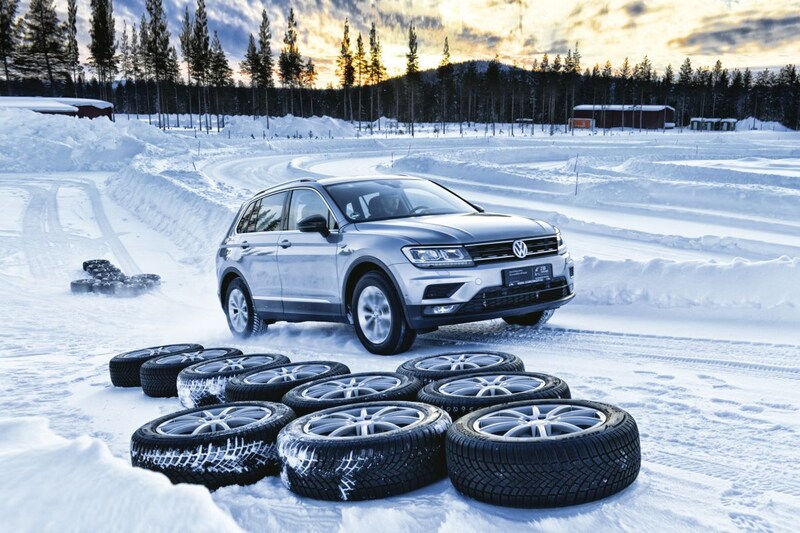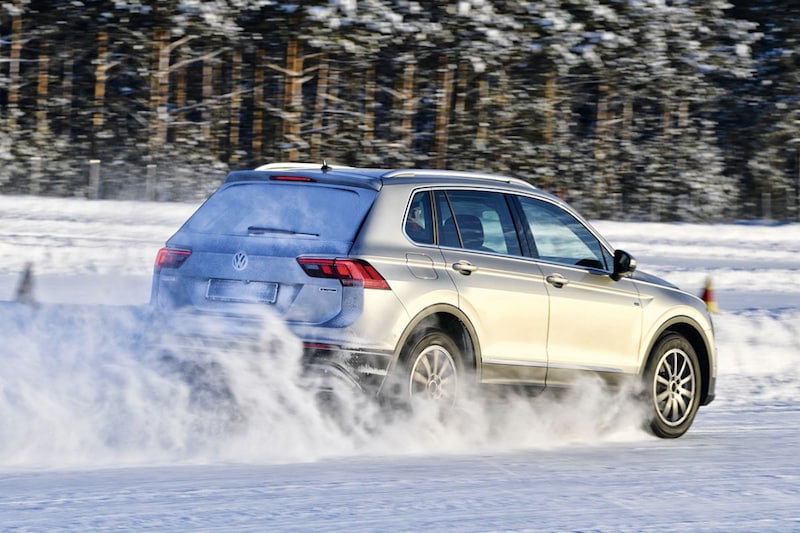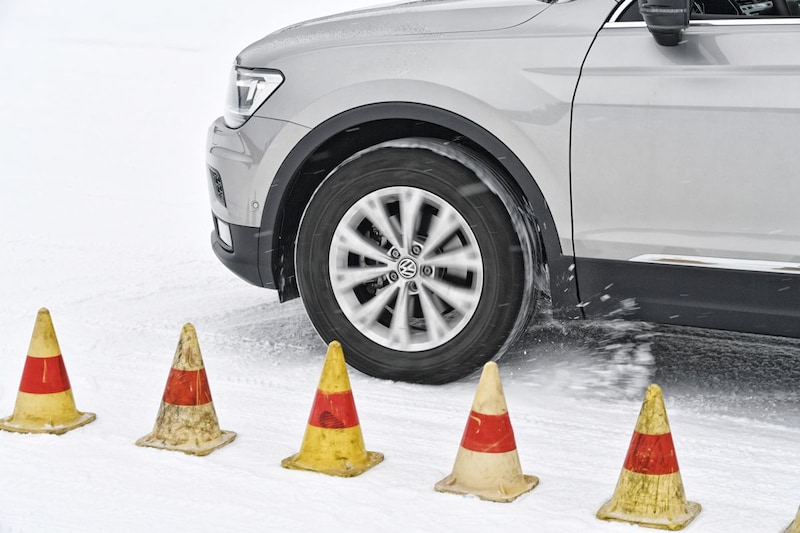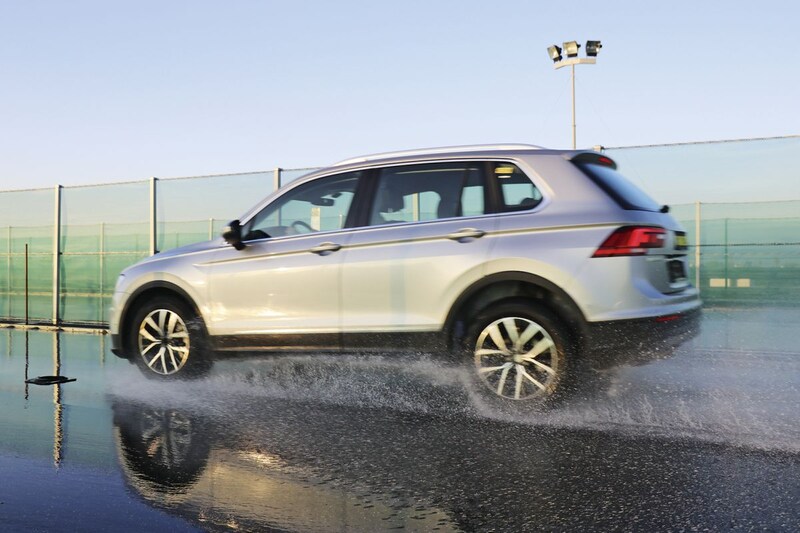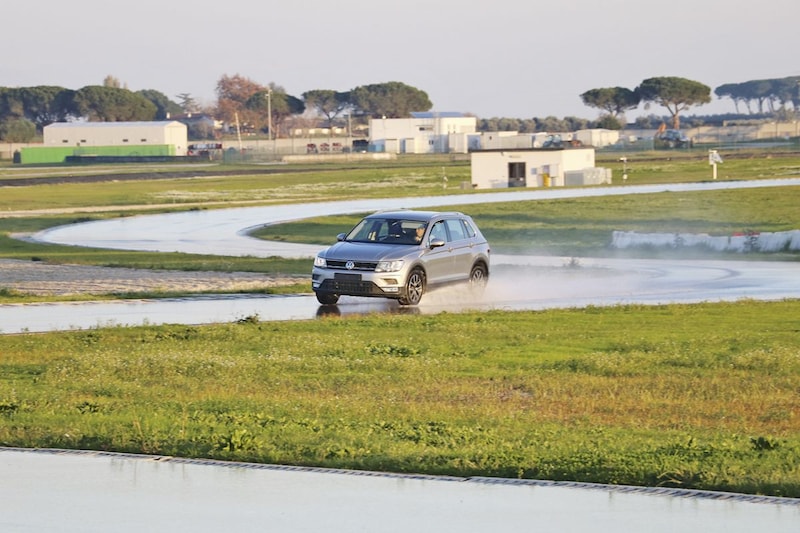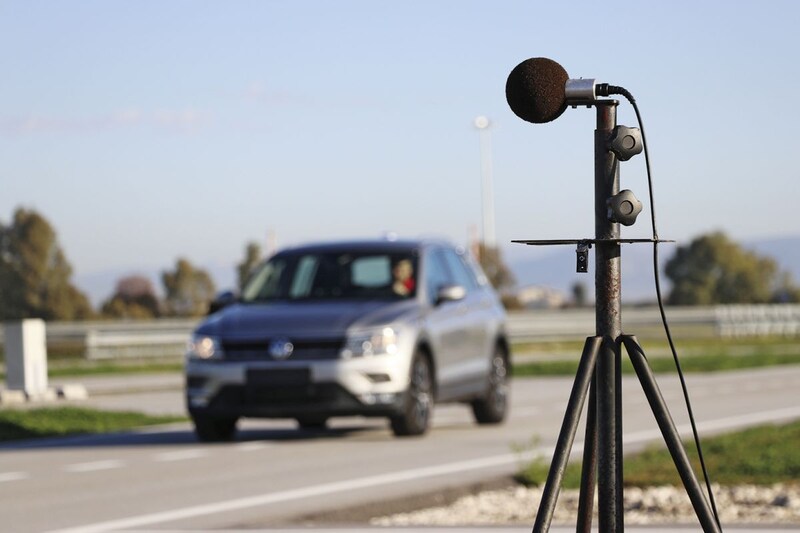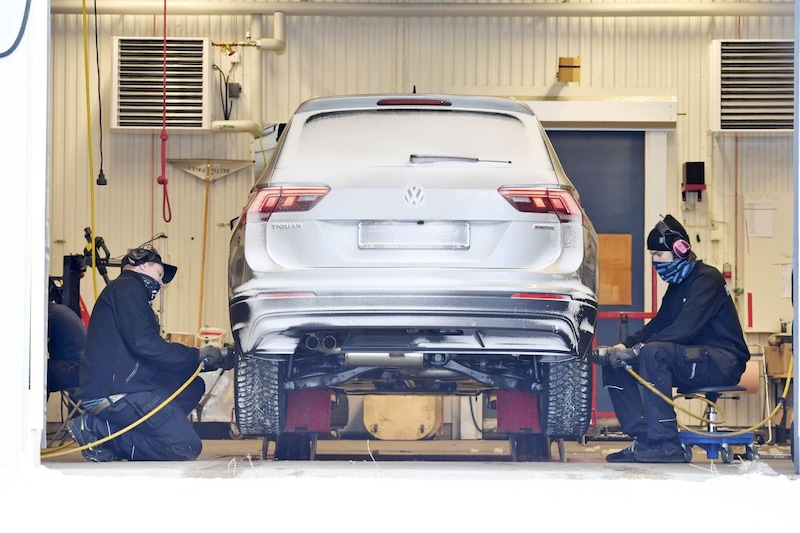Winter tires are getting better, but also more expensive. Are they worth buying? We test ten models on snow, wet and dry road surfaces. This time in size 235/55 R 18, suitable for large and heavy SUVs.
Icy roads, slippery driveways, winter will soon strike again mercilessly. Especially drivers of large, heavy SUVs should prepare for this in good time. In some countries, including Germany, winter tires are mandatory under certain circumstances. This means that winter tires are a must in winter road conditions. However, do not think that with 4×4 technology you will not be bothered by a slippery surface. On the first slope you already have a problem and when braking the 4×4 technique does not help you either. The traction of summer tires is only one fifth that of an average winter tyre. And the lateral grip is so bad that heavy cars simply slide into the ditch when cornering downhill.
Winter tires are specialists in low temperatures and winter conditions. You cannot do without it in areas with a lot of snow, but a winter tire must also be able to work in countries with a milder climate. That is why we have carried out extensive tests in all climate zones. To ensure that the climatic conditions were right, the lead time was extremely long. We already carried out the wet and dry tests in December last year at the Bridgestone test track near Rome. Weather conditions are mild in December, with temperatures a few degrees above zero. For the snow tests we went further afield, to northern Sweden near Arvidsjaur to be exact. We completed our extensive winter program there in January with temperatures around ten degrees Celsius.
Another test item: modern winter tires should produce little rolling noise and save fuel – a real nightmare for the developers. A summer tire is included in the test as a reference – outside the assessment. It doesn’t stand a chance on solid snow, but on wet and dry roads it’s a different story. Winter tires have up to 2,000 incisions in the tread (sipes), which provide a firm grip on ice and snow. The much softer rubber compound also remains flexible for longer at low temperatures. Such features can also make it difficult for winter specialists under some conditions, especially on dry roads. The driving dynamics tests and braking tests on dry surfaces quickly reveal the drawbacks of the design. When driving at high speed on the fast road course, almost all winter tires give understeer, with the car slipping prematurely on the front wheels. The summer tires are also much more precise when it comes to handling and feedback. The braking distance on a dry road is also a major bottleneck: many winter tires give up important safety reserves here.
Conclusion
In this test, we tested nine premium and branded tires and one cheap Chinese tyre. Almost all winter tires impress with a high level of performance. The test winners with top performance in all weather conditions are the Goodyear Ultragrip Performance + and the Michelin Pilot Alpin 5 SUV. The Vredestein Wintrac Pro offers good performance for a reasonable price.
The full results of all 10 winter tires and all test results, including statements and graphs, can be read this week in AutoWeek No. 47 (24-30 November), or digitally available at the bottom of this article.
Price comparator
With the AutoWeek Car Tire Price Comparator, we offer you a handy tool to find the best offers on summer tires. The price comparator currently provides an overview of the full range of 16 different tire providers. Also here are the results of all tire tests of the past 9 years.
– Thanks for information from Autoweek.nl
